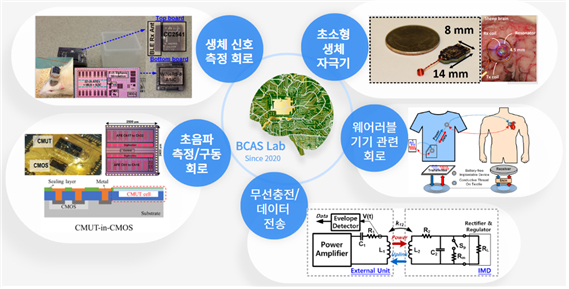Applied Bioelectronics Laboratory (Professor Hyoungsuk. Yoo)
SiteAB Lab introduction : Welcome to the website of the Applied Bioelectronics Laboratory (ABLab) at Hanyang University, Seoul, South Korea. The lab has been established since 2011. Being a lab equipped with advanced research facilities and high-end computer technology, we have continued doing promising research in the field of RF coils, High-field MRIs, Antenna Systems, Implantable Medical systems, Electromagnetics, RF safety, Metamaterial, Wireless Power Transfer, Image Processing, etc. One part of our lab is equipped with various biomedical instruments, equipments, materials and chemicals for performing different experiments by using biological phantoms (head model, saline solution, ASTM phantom). The goals of ABLab are (i) Developing the MRI multi-channel RF coil system for UHF MRI and customized its design for better transmit efficiency. (ii) To develop the millimeter wave 60 GHz metamaterials for future high-speed 5G communications. (iii) The current focus of our lab is to design an efficient WPT system for near field communications and electrical vehicle charging. The WPT system overcome the problem of low power transfer efficiency, safety of IMDs antennas, and human safety with IMDs exposed to WPT system. The lab focusses also on Tattoo design and DBS for user safety. Also, we have collaborated with Georgia-Tech and developed the intraoral tongue drive system for user facilitation.
| Fields and Topics | Recent research results |
|---|---|
MRI RF Coil Design / RF safety for IMD
|
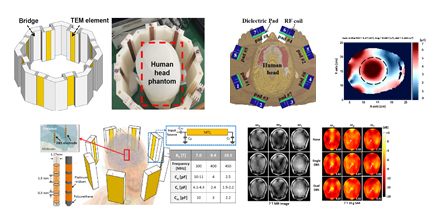
|
Millimeter waves 60 GHz metamaterials
|
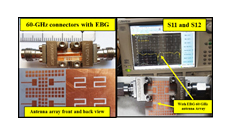
|
MRI RF safety of Tattoos
|
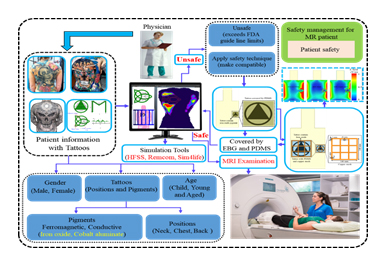
|
Wireless charging systems
|
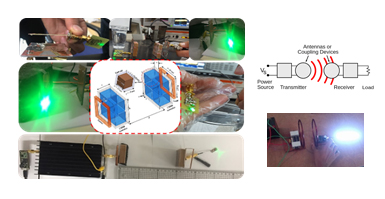
|
WPT system design/ RF safety with IMDs
|
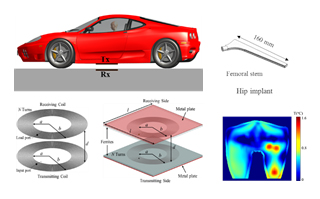
|
Intraoral Tongue Drive System
|
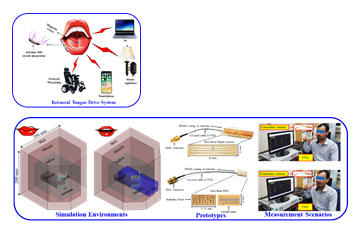
|
WICP Device
|
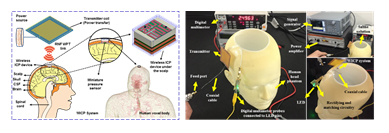
|
Implantable antenna system design
|
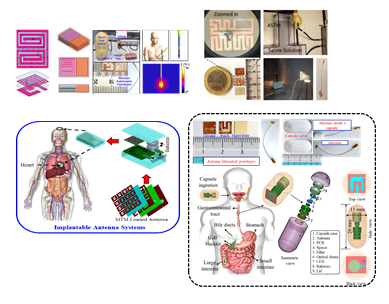
|
Advance equipment’s in ABLab
|
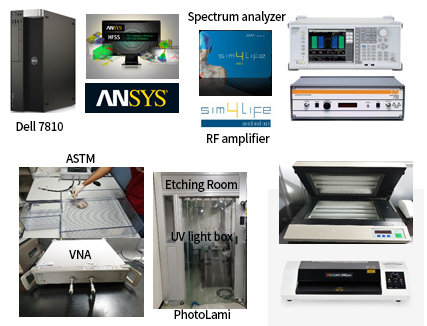
|
